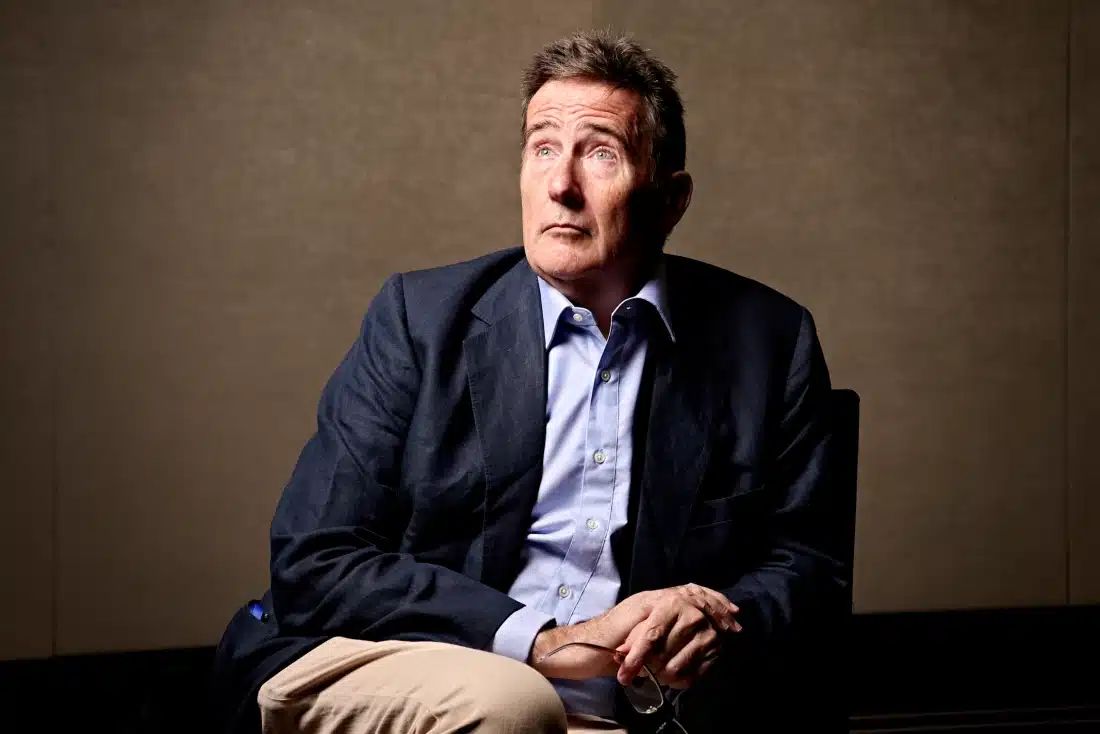Excerpt from The Australian Financial Review
James Eyers
Senior Reporter
Mark Carnegie is working with Circle Internet Financial, the operator of a major cryptocurrency linked to the value of the US dollar, to roll out its digital currency into Australia – a move he says could help superannuation funds avoid big bank fees.
The stockbroker-turned-crypto evangelist’s MHC Digital Group will work with Circle to distribute the USD Coin, which has a market capitalisation of $US36 billion ($52 billion), to institutional investors. Circle, which is considering listing in US at a valuation of around $US5 billion, has a similar deal in Japan as it pushes into the region.

Since Mr Carnegie pivoted into crypto in 2021 and moved to Singapore, MHC Digital has been developing services for institutional investors looking to trade in digital assets. His firm sees international payments as a key use for blockchain, as a cheaper and faster way to move money compared to Swift, the legacy interbank system.
USD Coin (USDC) transactions can settle worldwide in seconds compared to legacy payments systems, which can take days to go through and don’t operate on weekends or holidays. By reducing friction and costs, Mr Carnegie sees these currencies as disruptive to cross-border payment and currency hedging services currently offered by big banks.
Mr Carnegie – a former merchant banker who set up Carnegie Wylie & Co with former Credit Suisse executive John Wylie, before selling it to Lazard in 2007 – said MHC Digital could work with Circle to create an Australian equivalent of the USD Coin.
Meanwhile, he wants to convince big superannuation funds to consider alternative payment technologies, something he concedes might be a hard sell. But Mr Carnegie said global banks make $170 billion from investors and companies from moving international payments over the Swift network, which could mean big savings.
“I have always thought a natural partner for us is a super fund. They’re trying to attack Australian banking system profit pools. And when I look at [traditional finance], we can take rapacious trading fees out of the system,” Mr Carnegie said.
“I’m hoping we can show there are hundreds of millions of dollars of forex [foreign exchange] trading fees, where super funds are getting their faces ripped off by Macquarie Bank and the other incumbent banks.”
USD Coin is a so-called stablecoin, a cryptocurrency that is designed to have a stable price because it is linked to a fiat currency. USDC is backed by cash and short-term government debt, held in banks and redeemable one-for-one for US dollars. The company wants the United States to introduce specific laws to regulate its use.
The $US36 billion of USDC in circulation is down from a peak above $US56 billion in mid-2022, before the collapse of FTX led to investors exiting the cryptocurrency market. Separately, the value of USD Coin fell below its US dollar peg when Circle said it had $US3.3 billion tied up in the collapsed Silicon Valley Bank last year. It recovered to parity with the US dollar only a week later.
Earlier this month, the Reserve Bank said it is exploring a central bank digital currency (CBDC) version of the Australian dollar that could help banks settle trades that use blockchain technology to save billions in back-office efficiencies. ANZ and Commonwealth Bank told The Australian Financial Review Crypto and Digital Asset Summit last week that they were also exploring forms of digital money, including “tokenised” deposits.
However, Circle’s chief business officer Kash Razzaghi said bank digital money was different to USD Coin, “which was founded on a belief about open platforms, like what the internet did for content, by making it ubiquitous with costs close to zero”.
He questioned whether banks would ever introduce a new form of money that would make it easier for deposits to leave a bank, given these are critical funding sources. It may also be more difficult for those cryptocurrencies to interact, he added.
“We are making a bet that money moves on the [block]chain, but tokenised deposits and CBDCs are, generally speaking, closed-loop systems. Bank customers can take advantage, but what if your Hotmail didn’t talk to Gmail, so you couldn’t send emails across providers?”
MHC Digital and Circle may work together to create an Australian dollar stablecoin in the future, which could compete with existing smaller digital currencies.
“Is [USD Coin] the end state of how crypto stablecoins will work for Australia? No, it’s not,” Mr Carnegie said. “But USDC could persist for a decade given the slow speed of regulation. And we want to be ahead of the curve when regulators do embrace this technology, as we see crypto is a vastly better mousetrap for international payments.”